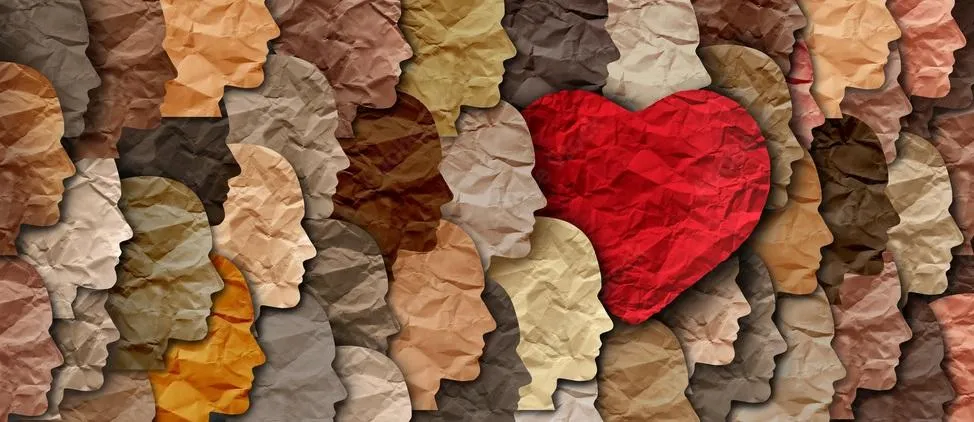Articles
Exploring History's Greatest Adventures throughout time!


Why Hispanic Heritage Month Starts in the Middle
Hispanic Heritage month is from September 15 to October 15.
Most celebrations start at the beginning of the month, like Black History Month (February), Pride Month (June) and Native American Heritage Month (November).
So why does Hispanic Heritage Month start in the middle? It might be that the middle of September was a popular time for Hispanic nations to declare their independence.
Costa Rica, El Salvador, Guatemala, Honduras and Nicaragua all declared their independence from Spain on September 15, 1821.
Mexico declared its independence from Spain on September 16, 1810.
Chile declared independence from Spain on September 18, 1810.
Belize declared its independence from Great Britain on September 21, 1981.
President Lyndon B. Johnson proclaimed the first Hispanic Heritage Week starting September 17, 1968, for the “people of the United States, especially the educational community, to observe such week with appropriate ceremonies and activities.”
President George H.W. Bush made it a 31-day event in 1989, saying, “Hispanic Americans have enriched our nation beyond measure with the quiet strength of closely knit families and proud communities.”
At the other end of Hispanic Heritage Month, some still celebrate (or “observe”) the second Monday in October as Columbus Day to commemorate the arrival of Christopher Columbus. Chile still observes “Dia de la Raza” (Day of the Race) to honor the blending of Spanish and indigenous cultures.
However, both of these holidays have been criticized in recent years because of the harsh way the new European settlers treated the people who were already here. We now understand and can empathize with their experiences.
So while we still commemorate the arrival of Columbus, President Joe Biden proclaimed in 2021 that October 11 shall be celebrated as Indigenous Peoples’ Day. This day includes the celebration of American descendants of the first peoples of Central and South America – such as the Mayans – as well as the indigenous population of North America.
Recommended Reading:
The stories in this book cover each figure’s cultural background, childhood, and the challenges and opportunities they met in pursuit of their goals. A glossary of terms and discussion question-filled reading guide, created by the Smithsonian Latino Center, encourage further research and exploration.
Christopher Columbus is one of the most famous people in world history, yet few know the full story of the amazing, resourceful, and tragic Italian explorer. Christopher Columbus and the Age of Exploration for Kids portrays the “Admiral of the Ocean Seas” neither as hero nor heel but as a flawed and complex man whose significance is undeniably monumental. Kids will gain a fuller picture of the seafarer’s life, his impact, and the dangers and thrills of exploration.
Get Christopher Columbus and the Age of Exploration for kids
© 2023. Historic Books for Kids - All Rights Reserved
Reading Pennsylvania, USA


